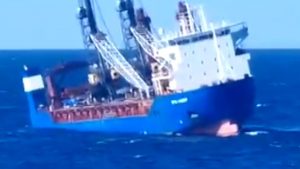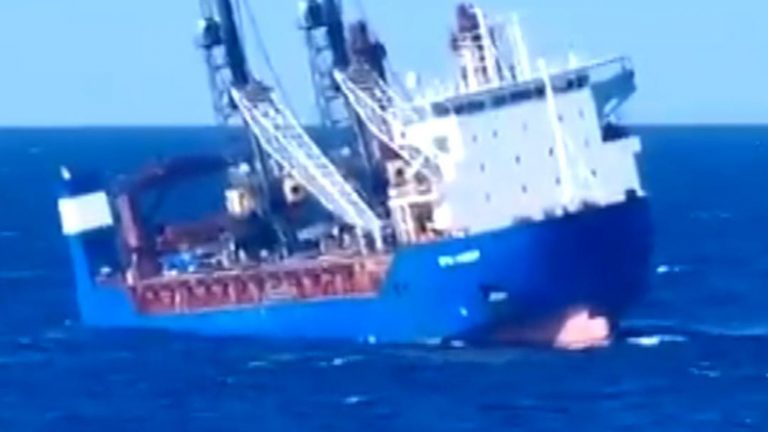Cardano price started a downside correction from the $1.325 zone. ADA is consolidating and facing hurdles near the $1.20 and $1.240 levels.
- ADA price started a pullback after it failed to stay above $1.30.
- The price is trading below $1.20 and the 100-hourly simple moving average.
- There is a key bearish trend line forming with resistance at $1.20 on the hourly chart of the ADA/USD pair (data source from Kraken).
- The pair could start another increase if it clears the $1.240 resistance zone.
Cardano Price Eyes Fresh Increase
After struggling above $1.30, Cardano started a downside correction. ADA unperformed Bitcoin and Ethereum with a drop below the $1.20 level. The price even spiked below $1.150 before the bulls appeared.
A low was formed at $1.1173 before the price started a fresh increase. There was a move above the $1.140 and $1.1550 resistance levels. The price surpassed the 50% Fib retracement level of the downward move from the $1.326 swing high to the $1.117 low.
However, the bears are now active near the $1.25 zone. They protected the 61.8% Fib retracement level of the downward move from the $1.326 swing high to the $1.117 low.
Cardano price is now trading below $1.20 and the 100-hourly simple moving average. On the upside, the price might face resistance near the $1.20 zone. There is also a key bearish trend line forming with resistance at $1.20 on the hourly chart of the ADA/USD pair.
The first resistance is near $1.2250. The next key resistance might be $1.2450. If there is a close above the $1.2450 resistance, the price could start a strong rally. In the stated case, the price could rise toward the $1.2780 region. Any more gains might call for a move toward $1.320.
Another Decline in ADA?
If Cardano’s price fails to climb above the $1.20 resistance level, it could start another decline. Immediate support on the downside is near the $1.150 level.
The next major support is near the $1.120 level. A downside break below the $1.120 level could open the doors for a test of $1.080. The next major support is near the $1.0450 level where the bulls might emerge.
Technical Indicators
Hourly MACD – The MACD for ADA/USD is gaining momentum in the bearish zone.
Hourly RSI (Relative Strength Index) – The RSI for ADA/USD is now below the 50 level.
Major Support Levels – $1.120 and $1.080.
Major Resistance Levels – $1.20 and $1.2450.






















+ There are no comments
Add yours